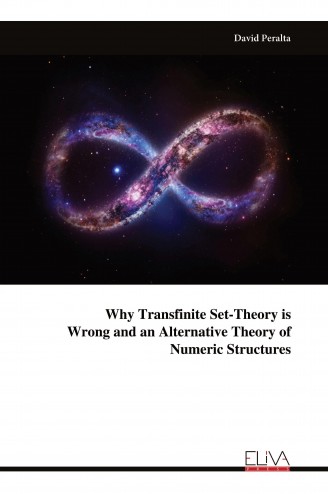
Why Transfinite Set-Theory is Wrong and an Alternative Theory of Numeric Structures
€ 42.5
Descripción
Set Theory is a formalization of the existence and fundamental properties of mathematical objects as collections of elements and/or elements included in collections. Its formulation is so basic and comprehensive that it has been postulated as the foundation of all mathematics. Perhaps, the major achievement of Set Theory is that, after being criticized by many reputable mathematicians and philosophers since its appearance, it is now commonly accepted as the primary explanation of the most basic components of mathematics: numbers; and not only the numbers we have needed or we may ever need but all the numbers that could potentially exist. In Set Theory, an infinite sequence of numbers exists not as the mere projection of a construction algorithm but as a complete and self-identical mathematical object: a set. In Set Theory the words infinite and infinity do not refer to the property of growing endlessly (potential infinity) but to a definite magnitude; a number; the actual infinity. As a result of such a conception, Set Theory arrives at the conclusion that there exist infinitely many infinities, each one with a different value. The set of postulates, proofs and theorems used to justify the existence of such infinities is commonly known as Transfinite Set-Theory. The first part of this work shows how some of the properties and theorems applied to infinite sets, in Set Theory, necessarily lead to internal and fundamental contradictions under classical logic, even when the idea of actual infinity is accepted. Throughout the second part, motivated by the necessity of an alternative to Transfinite Set-Theory, due to the incapacity of such a theory to explain some of the findings shown in the first part (especially the proof of the existence of as many rational as irrational numbers), the author develops a theory to provide a better understanding of infinite sequences of numbers.
